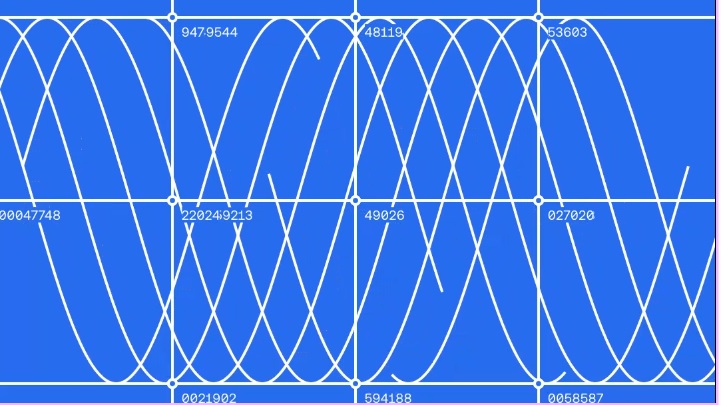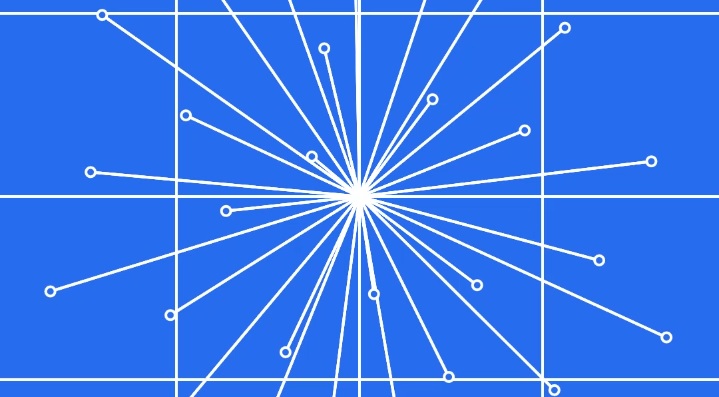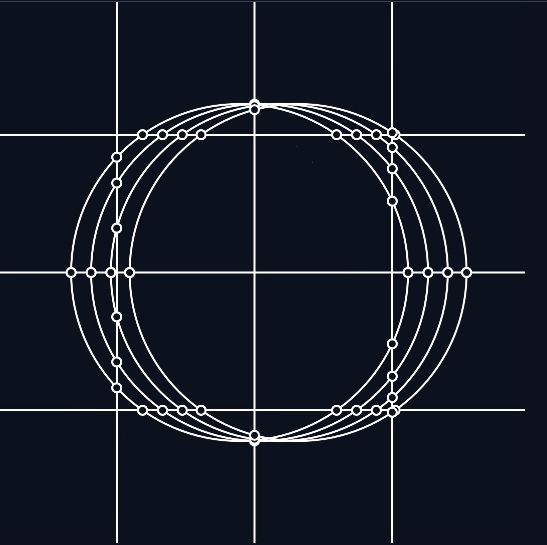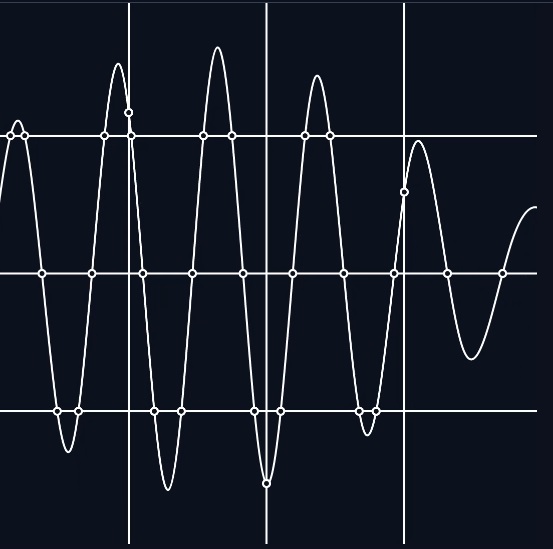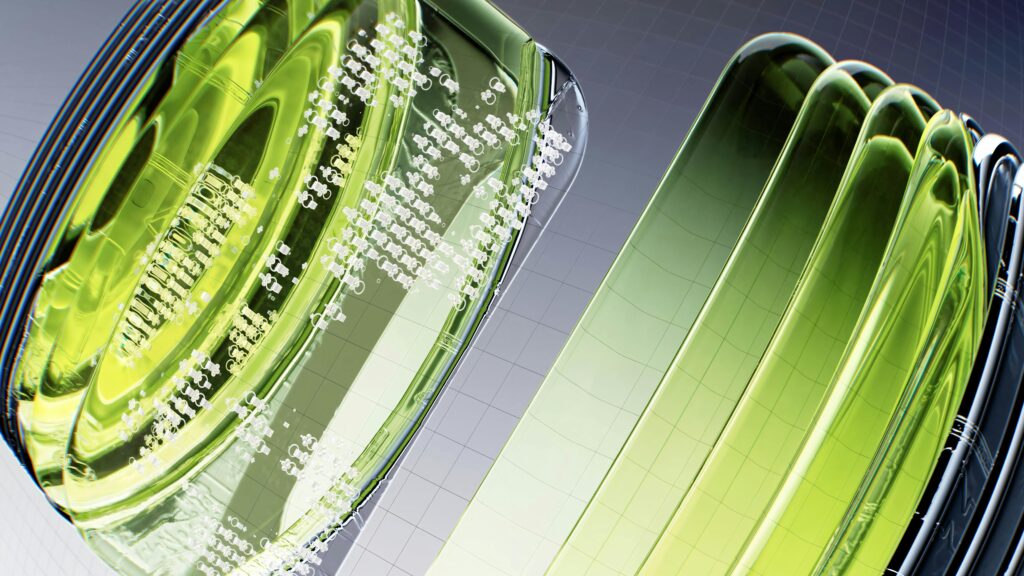2.0 Hyper-Economies https://cdn.sanity.io/files/zmh9mnff/production/1bd43fb9823ecb3849e8b4ce072ca196fe954b76.mp4 Redefining Global Finance with Decentralized Platforms and Intelligent Systems In a world that is increasingly interconnected, the next great evolution of global economies is being shaped by decentralized platforms, blockchain innovations, and AI-powered financial systems. Celframe’s Hyper-Economies initiative is at the forefront of this transformation, creating intelligent systems that enable new forms of value exchange, autonomous financial transactions, and transparent economic ecosystems. With the rise of quantum finance and AI-driven fintech solutions, Hyper-Economies is redefining how industries, governments, and individuals interact with the global financial system. Hyper-Economies bridges the gap between traditional financial models and the future of intelligent, decentralized economies. Through the use of blockchain, AI, and quantum computing, Hyper-Economies ensures that financial systems are more secure, transparent, and efficient, eliminating the need for intermediaries and empowering users to take control of their financial futures. Decentralized Finance (DeFi): The Future of Autonomous Transactions One of the cornerstones of Hyper-Economies is its focus on decentralized finance (DeFi). Traditional financial systems rely heavily on centralized institutions—banks, brokers, and regulatory bodies—to manage and approve transactions. FinXtra Intelligence, part of the Hyper-Economies platform, breaks away from this model, enabling autonomous, real-time financial optimization within decentralized ecosystems. DeFi removes the need for intermediaries by allowing users to engage in peer-to-peer financial activities using blockchain technology. This shift to decentralized systems empowers individuals and businesses by giving them full control over their assets. Whether it’s through automated lending platforms, decentralized exchanges, or smart contracts, FinXtra ensures that transactions are secure, instantaneous, and transparent. This new paradigm creates an environment where economies can grow without the bottlenecks associated with traditional financial institutions. AI-Powered Financial Optimization The financial world is increasingly reliant on data and the ability to analyze trends in real time. Hyper-Economies integrates AI to optimize every aspect of finance, from investment strategies to risk management. FinMeta Cloud, another key component of the Hyper-Economies framework, leverages AI-driven predictive analytics to automate complex financial operations in banking, asset management, and wealth management. With FinMeta Cloud, financial institutions can now access real-time insights, predictive models, and automated strategies that optimize portfolios, minimize risks, and improve returns. This intelligent system constantly learns and adapts to changing market conditions, ensuring that users stay ahead of market fluctuations. Whether managing large-scale institutional funds or personal investments, AI-driven financial optimization provides the tools necessary for success in an increasingly complex global economy. Blockchain and Quantum Finance: The Backbone of Hyper-Economies Blockchain technology lies at the heart of Hyper-Economies, enabling secure, immutable transactions across decentralized networks. By utilizing blockchain, Hyper-Economies ensures that all financial activities are transparent, secure, and verifiable. Blockchain also provides the foundation for smart contracts, enabling businesses to automate contractual agreements without the need for intermediaries. Building on this foundation, QuantumFin Nexus integrates quantum computing with blockchain to create an ultra-fast, highly secure financial environment. Quantum-powered encryption ensures that transactions are protected from even the most sophisticated cyber threats, while quantum algorithms process data at speeds far beyond classical systems. This combination of quantum computing and blockchain allows Hyper-Economies to offer unmatched levels of security and efficiency. MetaCommerce Intelligence: Transforming the Future of Commerce In the age of digital transactions, the way we shop, sell, and trade is evolving rapidly. MetaCommerce Intelligence is driving this change by integrating AI, augmented reality (AR), and blockchain into the shopping experience. By leveraging smart contracts and AI-driven predictive models, MetaCommerce enables businesses to create personalized, immersive shopping experiences that cater to individual preferences. Imagine walking into a store where AI predicts what you want before you even ask, where AR allows you to try on products virtually, and where blockchain ensures that your payment is processed securely and instantaneously. This is the future of commerce in the Hyper-Economies world. With AI optimizing supply chains, predicting demand, and tailoring offers to specific customers, businesses can enhance engagement and increase customer satisfaction. Autonomous Supply Chains: Streamlining Logistics and Resource Management The complexity of global supply chains requires intelligent, decentralized solutions to keep goods flowing efficiently. LogiStream Intelligence within Hyper-Economies integrates AI, blockchain, and IoT to create autonomous logistics networks that operate with unprecedented transparency and efficiency. By automating inventory management, shipment tracking, and demand forecasting, LogiStream Intelligence ensures that businesses can respond dynamically to changing market conditions. In industries like manufacturing and retail, the ability to forecast demand and optimize supply chains is critical for staying competitive. AI-driven systems analyze real-time data from across the supply chain, identifying bottlenecks, predicting potential disruptions, and optimizing inventory levels to ensure smooth operations. By utilizing blockchain, businesses can also track every transaction and shipment, ensuring transparency and accountability at every stage of the supply chain. Hyper-Economies in Action: Real-World Applications The transformative potential of Hyper-Economies extends across multiple industries. In finance, decentralized platforms powered by FinXtra Intelligence allow individuals to take control of their financial lives, offering real-time trading, lending, and investment solutions without the need for intermediaries. In commerce, MetaCommerce Intelligence enables businesses to deliver immersive, AI-driven shopping experiences that cater to the needs of each customer. In logistics and manufacturing, LogiStream Intelligence optimizes supply chains by integrating AI and blockchain, providing businesses with the tools they need to operate efficiently and transparently. Meanwhile, QuantumFin Nexus is revolutionizing global finance by offering ultra-secure, quantum-encrypted transactions that are processed in real time. The Future of Hyper-Economies: A New Era of Global Financial Systems As financial systems become increasingly decentralized and data-driven, the Hyper-Economies platform offers a blueprint for the future of global commerce. By integrating AI, blockchain, and quantum computing, Hyper-Economies provides the tools and technologies necessary to create financial ecosystems that are transparent, efficient, and secure. In the coming years, the shift toward decentralized finance, autonomous supply chains, and AI-driven financial optimization will reshape how economies operate. Whether you’re a business leader, investor, or individual, Hyper-Economies offers the solutions necessary to thrive in a world where intelligent, decentralized systems are the new norm. Explore the Hyper-Economies technologies: FinXtra Intelligence MetaCommerce Intelligence QuantumFin Nexus Elementa Nexus LogiStream Intelligence FinMeta Cloud
